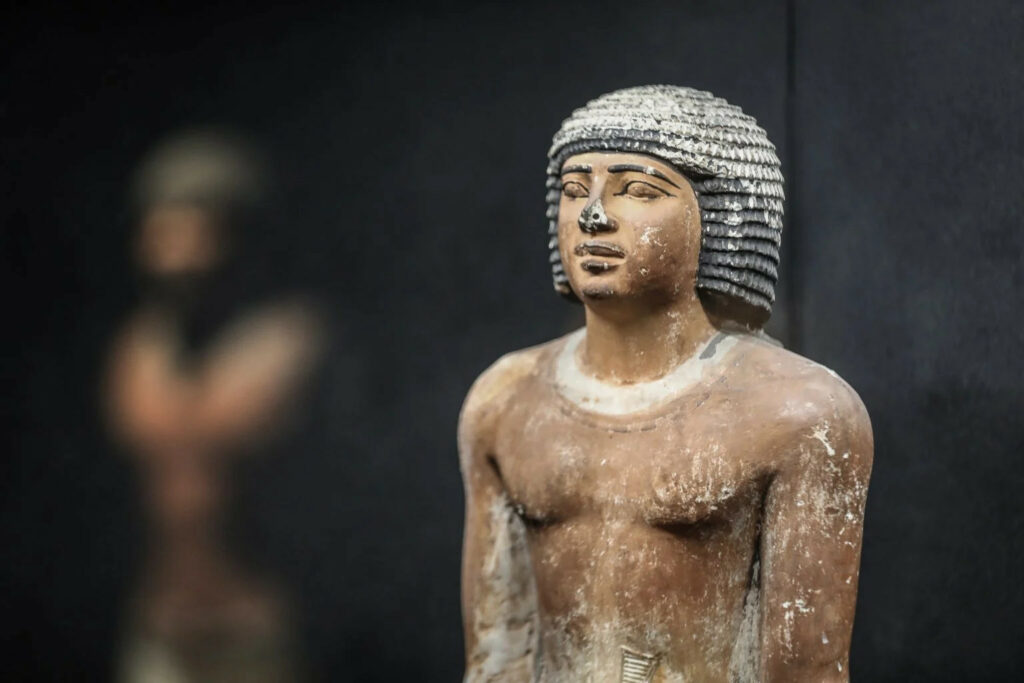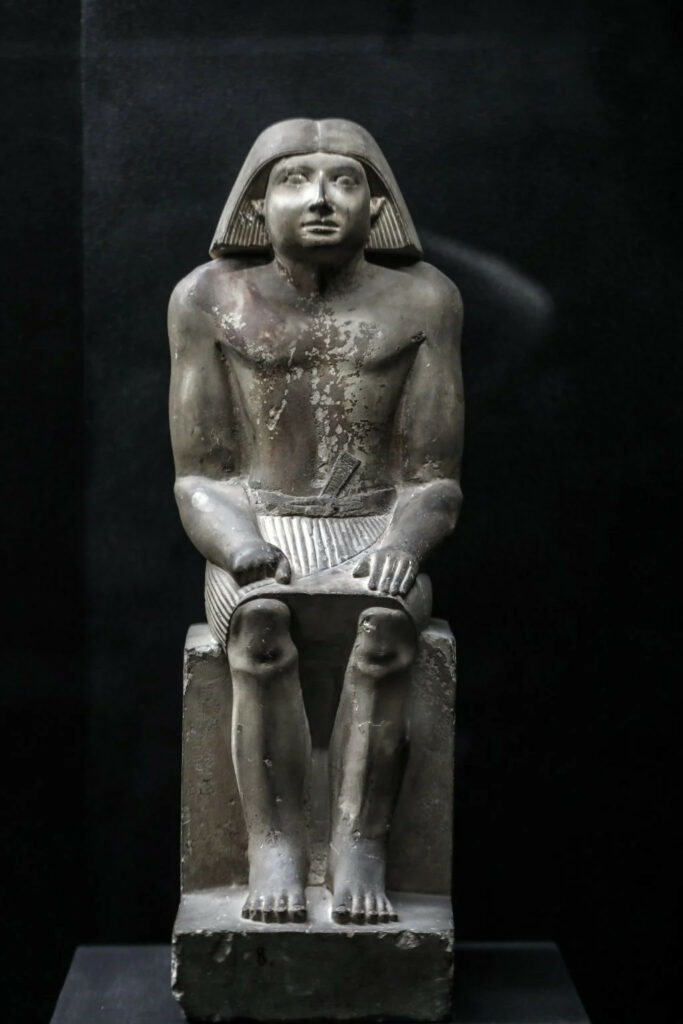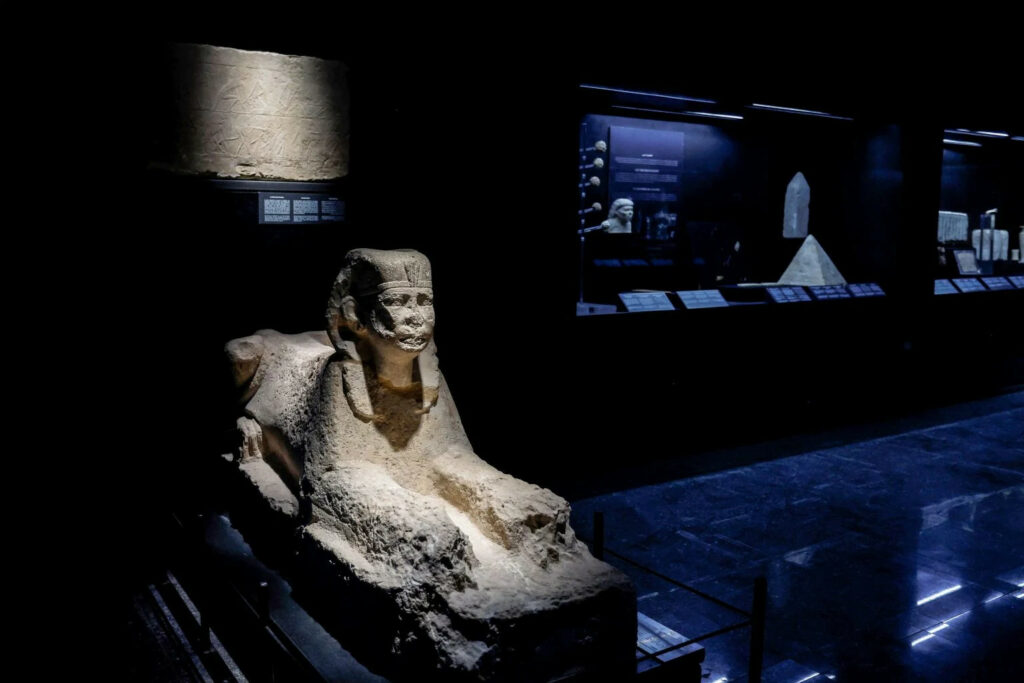The museum boasts displays of artifacts from painted masks to intricate stelae to the world’s oldest royal mummy.

The newly renovated Imhotep Museum in the ancient Egyptian necropolis of Saqqara in Giza has opened its doors to the public after 21 months. Across six halls, it boasts around 300 unique and precious archaeological artifacts, including bronze and wooden statues, painted masks, large alabaster vessels, stelae, and the world’s oldest royal mummy.
One major highlight is a double statue of Amenemopet, the high priest of Mut, and his wife, which dates to the 19th dynasty. Architectural elements from the step pyramid have also been preserved, including reconstructed walls decorated with green and blue faience just as they once stood inside the ancient complex.
“The unique objects were collected from the sites and tombs discovered at Saqqara and represent several dynasties,” the necropolis’s director Mohamed Youssef told Africanews.
The museum borrows its name from the ancient Egyptian architect Imhotep who designed and built the Step Pyramid of Djoser in the 27th century B.C.E. The institution was first conceived in 1990 as a venue that would provide safe, climate-controlled storage conditions for valuable archaeological artifacts, and was officially inaugurated in 2006. One of the rooms is a special library dedicated to the French Egyptologist Jean-Philippe Lauer, which contains some of his handwritten manuscripts and a model he made of the step pyramid.
Check out objects from the Imhotep Museum’s collection below.








